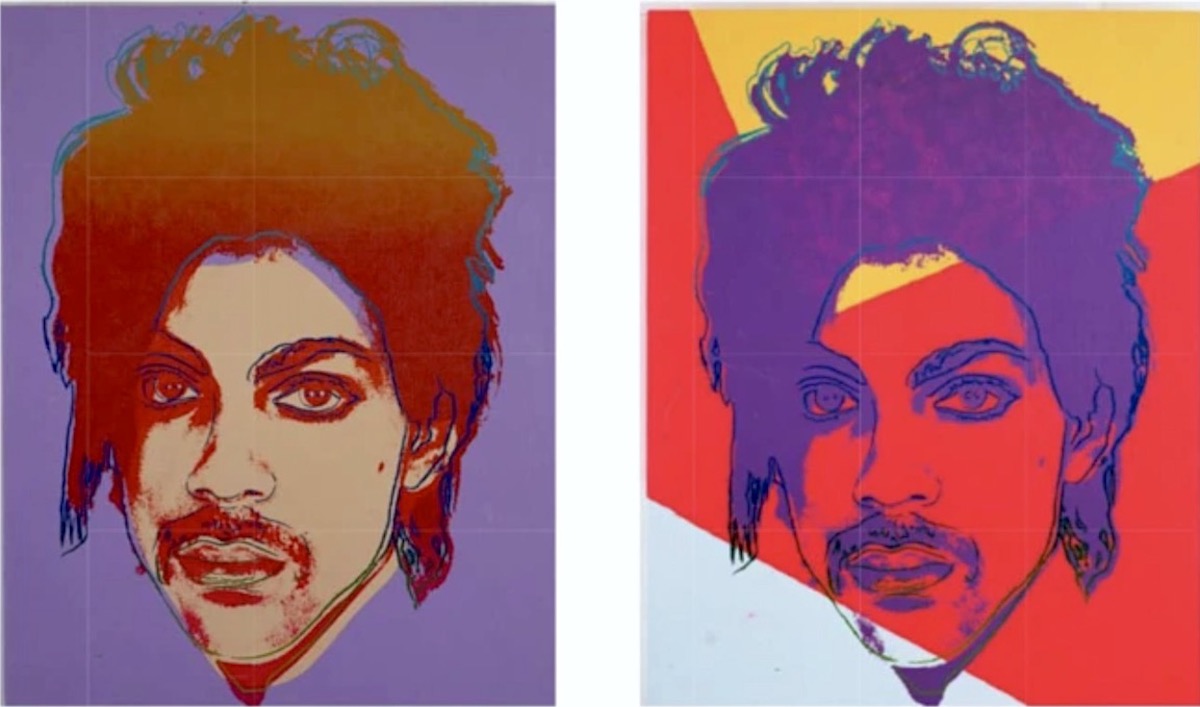In 1984 Vanity Fair commissioned the Pop Artist Andy Warhol to create an image of the ‘artist known as Prince’ for a cover/feature, later run by the magazine. Warhol used a cropped photo based on a shot by Lynn Goldsmith, a well-known celebrity snapper. He later created a series of 16 images that were sold by the artist.
The Andy Warhol Foundation has filed a petition with the Supreme Court
In April 2017, The Andy Warhol Foundation for the Visual Arts sued photographer Lynn Goldsmith and asked the court to declare that his 1984 paintings of Prince didn’t violate her copyright because the works were “entirely new creations.”
Goldsmith filed a counterclaim declaring Warhol’s work wasn’t “transformative” and in the digital world “, anyone can easily modify a photograph on a computer to add high contrast, colouration and artefacts.” This was re enforced when John G. Koeltl, a U.S. District Judge, put aside a judgement in July 2019 that the Andy Warhol Foundation works were of fair use. However, in April, 2021 the 2nd Circuit Court of Appeals reversed the ruling. It found Warhol’s image is substantially similar to Goldsmith’s and sent the matter back to the district court for further proceedings.
Yesterday, the Andy Warhol Foundation filed a petition with the Supreme Court to decide “Whether a work of art is ‘transformative’ when it conveys a different meaning or message from its source material, like this Court, the Ninth Circuit, and other courts of appeals have held, or if a court is forbidden from considering the meaning of the accused work where it ‘recognisably deriv[es] from’ its source material (as the Second Circuit has held).”
“Under this Court’s precedent, the fair use inquiry requires ascertaining whether one creative work that draws from another conveys a different meaning or message from the original. A follow-on work that deploys pre existing content in the service of saying something new and distinct is much more likely to be fair use,” states the petition, which is embedded below. “The Second Circuit’s test, however, forbids ascertaining whether the follow-on work conveys a different meaning or message from the original, where both pieces are works of art that share a visual resemblance.”
In U.S. law, appropriation or using someone else’s image in an artwork is allowed, so long as it isn’t exploited for commercial use. In the case of Shepard Fairey, who licensed artwork of the Obama Hope poster to Urban Outfitters, the artist was in breach of copyright as the image belonged to a well known A.P. photographer. The case of Richard Prince and the appropriated Instagram images was a no brainer in the U.S. courts as Prince used other people’s images to create original works of art. On the other hand, artist Jeff Koons recently lost a similar case in France for using another photographer’s image in a sculpture from his Banal series.
In a pre-emptive measure, the pop artist’s estate sued to avoid being sued itself, according to a suit filed in a Federal court. The estate claims it is protecting his legacy from her claim that he copied her photo of Prince.
This has raised a whole new area of the legality of appropriated material used in artists’ paintings, sculptures, and prints. It opens up a Pandora’s box of legal questions for the Andy Warhol estate as Warhol made a career taking other peoples photographs like Marilyn Monroe, Liz Taylor, Jackie Kennedy, not to mention everyday products like Campbell’s Soup, Coca Cola and even the humble U.S. dollar bill.

